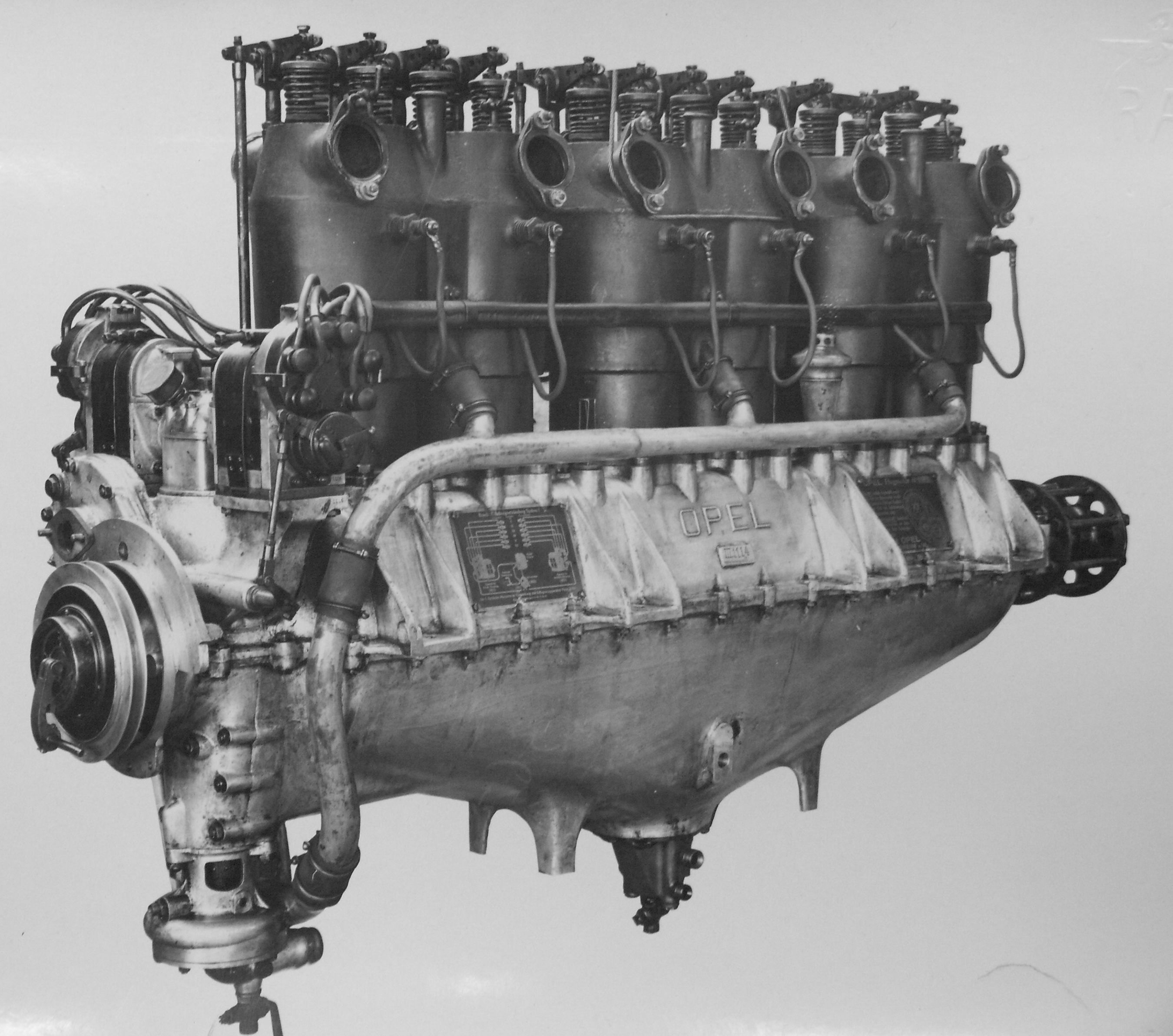Argus As III on:
[Wikipedia]
[Google]
[Amazon]
The Argus As III was a six-cylinder, in-line, water-cooled, aircraft engine produced in

Germany
Germany, officially the Federal Republic of Germany, is a country in Central Europe. It lies between the Baltic Sea and the North Sea to the north and the Alps to the south. Its sixteen States of Germany, constituent states have a total popu ...
by Argus Motoren
''Argus Motoren'' was a German manufacturing firm known for their series of small inverted-V engines and the Argus As 014 pulsejet for the V-1 flying bomb.
History
Started in Berlin in 1906 as a Argus (automobile), subsidiary of Henri Jeannin's a ...
during World War I
World War I or the First World War (28 July 1914 – 11 November 1918), also known as the Great War, was a World war, global conflict between two coalitions: the Allies of World War I, Allies (or Entente) and the Central Powers. Fighting to ...
. The Argus As III produced at 1,400 rpm.Huth, 1920, pp. 232-233
Design and development
Argus Motoren already supplied a limited number 150 hp and 200 hp aircraft engines to theImperial German Navy
The Imperial German Navy or the ''Kaiserliche Marine'' (Imperial Navy) was the navy of the German Empire, which existed between 1871 and 1919. It grew out of the small Prussian Navy (from 1867 the North German Federal Navy), which was mainly for ...
in the Summer of 1914.von Gersdorff; Grasmann. 1981, p.22
As these engines did not prove successful Argus decided to concentrate its development efforts on an improved six-cylinder type which became accepted into service in January 1916 as the Argus As III.von Gersdorff; Grasmann. 1981, pp. 26-27
License production of the engine was ordered at Deutz, Güldner, M.A.N., Opel
Opel Automobile GmbH (), usually shortened to Opel, is a German automobile manufacturer which has been a subsidiary of Stellantis since 16 January 2021. It was owned by the American automaker General Motors from 1929 until 2017 and the PSA Gr ...
and Stoewer
Stoewer was a German automobile manufacturer before World War II whose headquarters were in Stettin (now Szczecin, Poland).
History
The first company was founded by the Stoewer brothers, Emil (lived 1873 – 1942) and Bernhard (1875 – 1937) i ...
.
First operational experience with the engine however proved troublesome, with overheating problems occurring among other things.
These problems were only solved after several improvements of the engine and so it took until the end of 1917 for the engine to attain its full operational maturity.
Applications
* AEG C.IV *Albatros B.II
The Albatros B.II, (post-war company designation L.2) was an unarmed two-seat reconnaissance biplane designed and produced by the German aircraft manufacturer Albatros Flugzeugwerke. It was the aircraft that brought Albatros Flugzeugwerke to th ...
* Albatros C.I
* Albatros C.III
* Gotha G.IV
* Hannover CL.II
* Hannover CL.IIIa
*LFG Roland D.II
The LFG Roland D.II was a German single-seat fighter of World War I. The type was manufactured by Luftfahrzeug Gesellschaft, and also by Pfalz Flugzeugwerke under license.
Design and development
The D.II used a plywood monocoque fuselage. Two l ...
* LFG Roland D.III
* Rumpler C.I
*Rumpler C.VIII
The Rumpler C.VIII was a German single-engine biplane advanced trainer manufactured by Rumpler Flugzeugwerke, in Berlin Johannisthal in 1917.
Design and development
The C.VIII variant was developed with the intention of providing an operational ...
* Sablatnig C.I
Specifications

See also
References
Notes
Bibliography
* * * * *''Jane's Fighting Aircraft of World War I''. London. Studio Editions Ltd, 1993. p. 258. {{Argus aeroengines 1910s aircraft piston engines As III